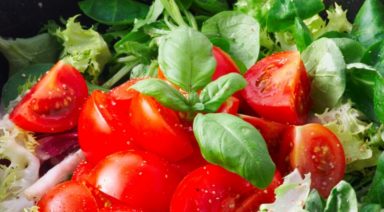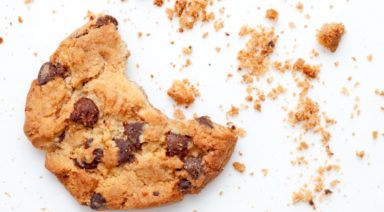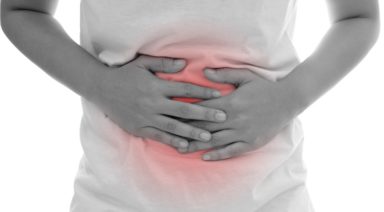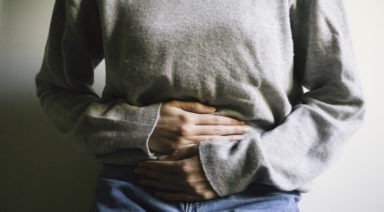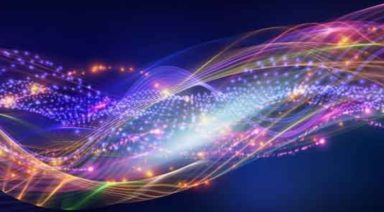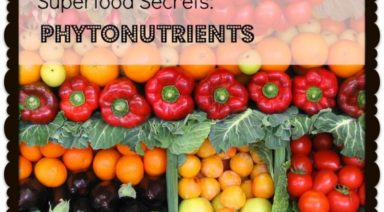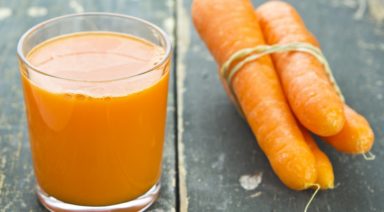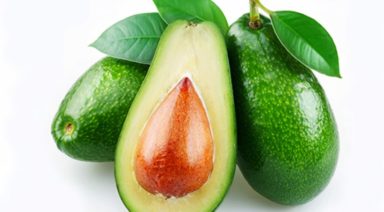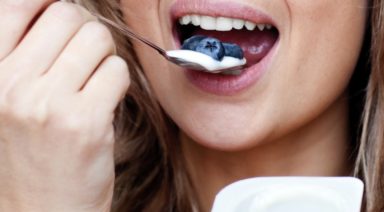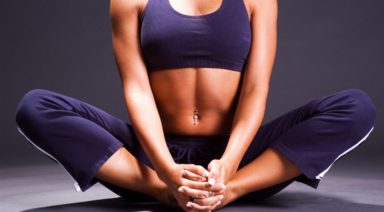Kitchari: Basic, Savory and Sweet
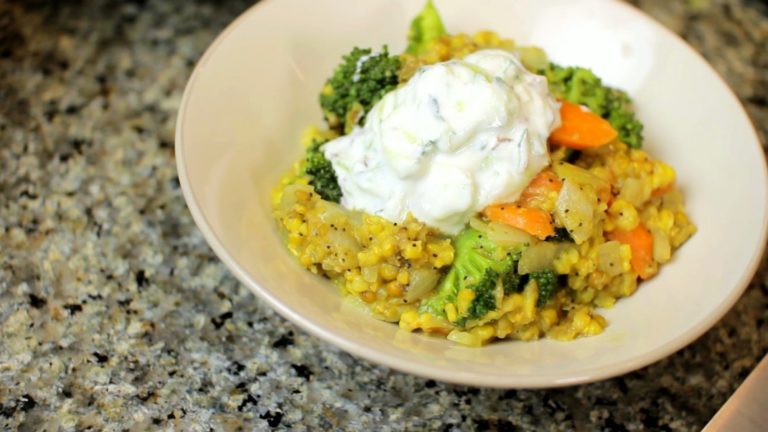
This recipe makes enough for 5 meals. It feeds me for a day plus one more breakfast. I like to make this basic recipe, cool it and store it in the fridge. From that, I take what I need for a meal and add different spices and vegetables to it.
Ingredients:
- 1 1/2 cups basmati rice (brown or white) or try millet
- 3/4 cups mung beans
- 8 cups water (more for millet)
- 1 teaspoon turmeric
- 1 pinch asafoetida (a spice also called hing- available at Indian and Chinese grocers)
Directions:
- Soak rice and beans separately overnight in plenty of water.
- The next day rinse the rice and beans and put into a heavy bottomed pot.
- Add water, turmeric and asafoetida.
- Cook over medium heat (or in a rice cooker) until the water is mostly absorbed (about 45 minutes)
Variations:
Breakfast bowl
In a pot, heat 1 Tbsp coconut oil with 2 cracked cardamom pods, ¼ cup unsweetened coconut and a pinch of cumin seeds.
Cook over medium heat until fragrant.
Add 1 ½ cups cooked kitchari mixture, a little water (more of you like it soup-y), a dash of cinnamon and some ground cloves. Season with salt.
Cover and heat gently for a few minutes, until water is absorbed.
Savory Kitchari
Ingredients:
- 1 ½ tsp. Mustard Seeds
- 1 tsp. Cumin Seeds
- 1 tsp. Ground Coriander
- 1 tsp. Ground Fennel
- 1 inch ginger, grated or minced
- Optional: onion, garlic, vegetables such as zucchini, sweet potato, carrot, squash, green vegetables of your choice.
Directions:
- Sauté seeds until the pop in a bit of coconut or olive oil. Add onions, ginger, garlic, or hard vegetables such as carrots or squash to the spices and cook for a few minutes, until they begin to soften.
- Then add 1 1/2 –2 cups of cooked kitchari mixture, a little water and any soft vegetables like greens, zucchini, or broccoli. Put a lid on it and cook gently until the water is absorbed and the vegetables are cooked. Season with salt.
About the Author

Andrea Potter is a classically trained Chef and a Registered Holistic Nutritionist. Her love of nutrition and organic, whole foods and healthy lifestyle brought her to Radha Yoga and Eatery; a culinary vegetarian hot spot in Vancouver, where she was the head chef for over 3 years. While at Radha she studied at the Canadian School of Natural Nutrition, graduating as a Registered Holistic Nutritionist in 2009. This is also where she started bringing her knowledge of nutrition and food to the public by teaching healthy cooking classes. Through her business, Rooted Nutrition, Andrea teaches healthy cooking classes and offers one-on-one nutrition consultations, helping her clients to integrate healthy and delicious food choices into their lives. Her cooking classes pair sound nutrition information with whole foods-based, beautifully prepared recipes. Cutting the confusion about nutrition and food, these classes empower the students through education and practical culinary know-how to live well by eating well and by bringing creativity and joy into their home kitchens.
Next Article
The Big Powder Healers: Wheatgrass, Barley Grass, Spirulina & Moringa
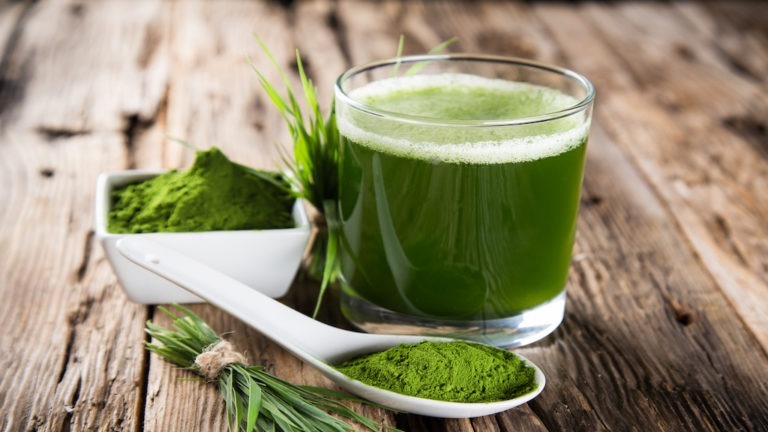
In the 1960s and 70s, one type of grass was prevalent. While possession of even a tiny amount may have landed you in jail, your stash was vital to your social status, romantic entanglements, and personal well-being. Luckily, there are several types of grass and algae today that are equally or far more nutritious. These robust plants can remove toxins from your system, drastically reduce or eradicate inflammation, and improve your physical and emotional health. Whether consumed in shakes, shots, pills, or tinctures, wheatgrass, barley grass, spirulina, and moringa might be your new best grass buddies.
“Although few people have ever heard of it today, Moringa could soon become one of the world’s most valuable plants, at least in humanitarian terms.”
— Noel Vietmeyer, US National Academy of Sciences



